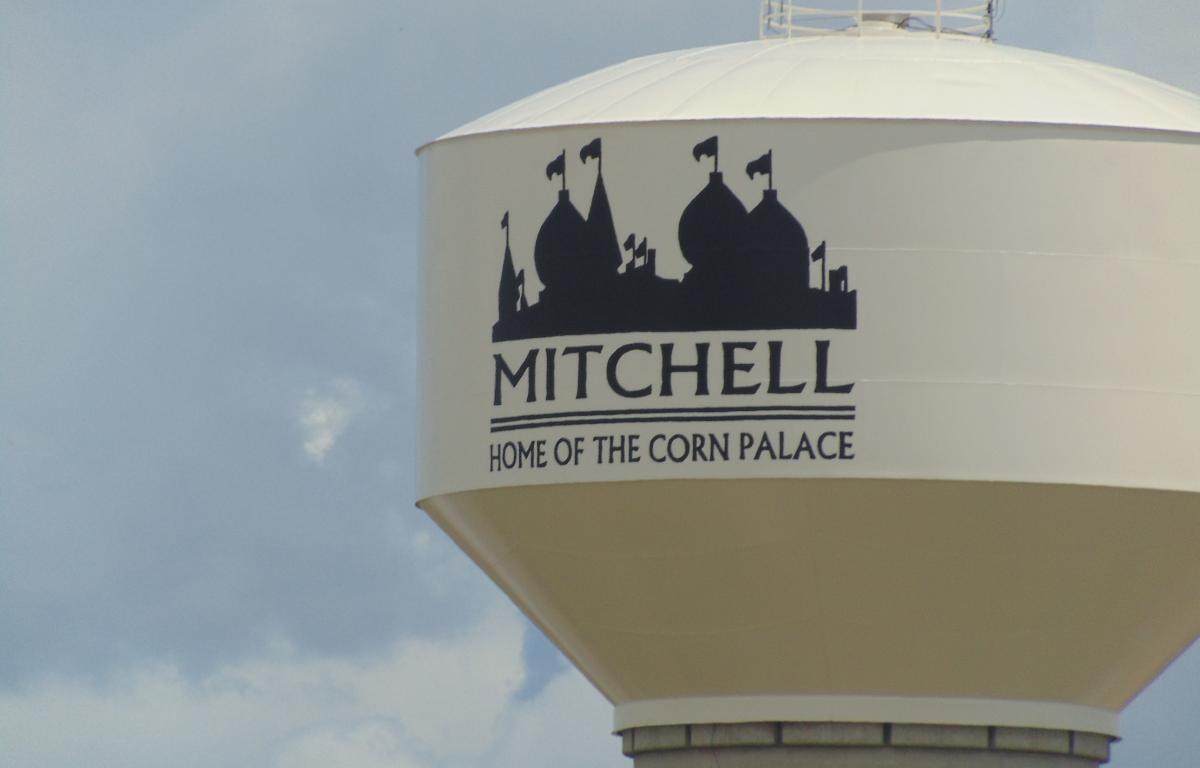When I was a kid everybody was gay most of the time. That’s because “gay” then meant “happy”. There were girls named Gay because their birth was a joyous occasion for the family or they were such cheerful babies. The Flintstones’ theme song has a line about a “gay old time” referring of course to a happy occurrence and not homosexual activity. As time passes new vocabulary enter the lexicon, think of words like Google, woke and smart phone, while others change in meaning; for example prior to 1882 “jumbo” meant a clumsy person and then PT Barnum named an elephant Jumbo and the rest is history. The question now is “infrastructure” one of those words that has changed its meaning significantly?
President Biden has introduced his two trillion dollar infrastructure plan that, if enacted, will take place over the next ten years. Infrastructure certainly needs to be addressed on an on-going basis. For example in Mitchell we just went through a three-year rebuilding of Sanborn Street, inconvenient and expensive but necessary. Nationally 40% of our roads are in mediocre or poor condition while 40% of bridges are fifty or more years old with 46,150 having been labeled as “structurally deficient” according to the American Society of Civil Engineers. The US Department of Transportation estimates that at the current rate of investment it will take until 2071 to make all the necessary bridge repairs in the country. During his term in office President Trump often had an “infrastructure week” where he talked about the need for the country to invest in the bones of our economy.
Homeowners know if they don’t invest a bit here and there from time to time, things fall apart and result in a major expense somewhere down the road. The nation’s capital assets are no different. There is no question there is an urgent and on-going need to invest in infrastructure. However, is the Biden package the way to go?
In a nutshell the proposed infrastructure bill would, over ten years, invest $115 billion to fix 10,000 bridges and 20,000 miles of highways. Additional funding would go to replace every lead water pipe in the United States. Lead paint was banned in 1978 and leaded gas in 1996 because of the dangers of lead to humans. The fact that many pipes bringing drinking water into homes are still comprised of lead is a travesty. Funds for modernizing airports, water systems and the electrical grid are also included. There is almost unanimous support for this portion of the proposal.
The infrastructure package also includes $165 billion for mass transit and high-speed rail as well as $80 billion for Amtrak modernization and expansion. This part of the legislation is popular in cities and high-density corridors that have commuter rail lines. Out here in God’s Country, we could care less about these things but different parts of the country have different needs and we should be cognizant of that fact. There is also $174 billion for electric car rebates and to build 500,000 charging stations across the country. After all, what good is having an electric car if you can’t take it anywhere because you can’t get the juice you need to get home again? The plan is also to spend $100 billion to build or improve high-speed broadband internet networks. While folks may disagree on the amounts to be spent or the particular category of spending virtually no one disagrees that these items are truly “infrastructure”.
However, the “infrastructure bill” also has $100 billion to upgrade public school buildings, $40 billion in improvements to public housing and $213 billion to build or retrofit millions of homes and businesses to be more energy efficient saving money and resources in the long run. One could argue these are also infrastructure items but the tie to the traditional understanding of the word is becoming a bit tenuous.
The bill goes on with $189 billion in clean energy research, $16 billion to transition fossil fuel workers to new jobs and $10 billion for a Climate Conservation Corps which is supposed to employ people in environmentally friendly clean up causes that may include cleaning up beaches and other public places, rescuing animals after oil spills, removing plastic from the ocean etc.
There is also $400 billion for long-term care for the elderly and the disabled, which is admirable, but I’m not entirely sure how it relates to “infrastructure”. All of this is to be paid for by raising the corporate tax from 21% to 28% and the minimum tax on US multinational corporations from 10.5% to 21%. There may be other taxes included with projects added or taken out depending on the give and take of the legislative process.
Politico did a poll and found that Biden’s infrastructure plan was supported 57% to 24% overall with about 25% of Republicans in favor of it too. The poll found that 54% of the public agreed that caregiving (think the long term care of the elderly part of the plan) was “infrastructure” while 31% disagreed (43% of Republicans disagreed), 70% agreed public schools were infrastructure (62% of Republicans agreed) while 20% disagreed and 68% thought that the internet was a vital piece of infrastructure (57% of Republicans agreed) but 19% thought that the internet was important but not actually “infrastructure”. The numbers don’t add up to 100% because some people had no opinion one way or the other.
We can and should debate the cost and scope of infrastructure projects. I think we can all agree though that good roads, sturdy bridges, safe water and fast Internet are all fundamental to modern life and business. While Congress dithers and squabbles lives are at risk from crumbling infrastructure while our competitors and adversaries in the world are making improvements and advancements. Infrastructure is more than just speed, convenience and commerce. It is also about national security and future economic prosperity.


